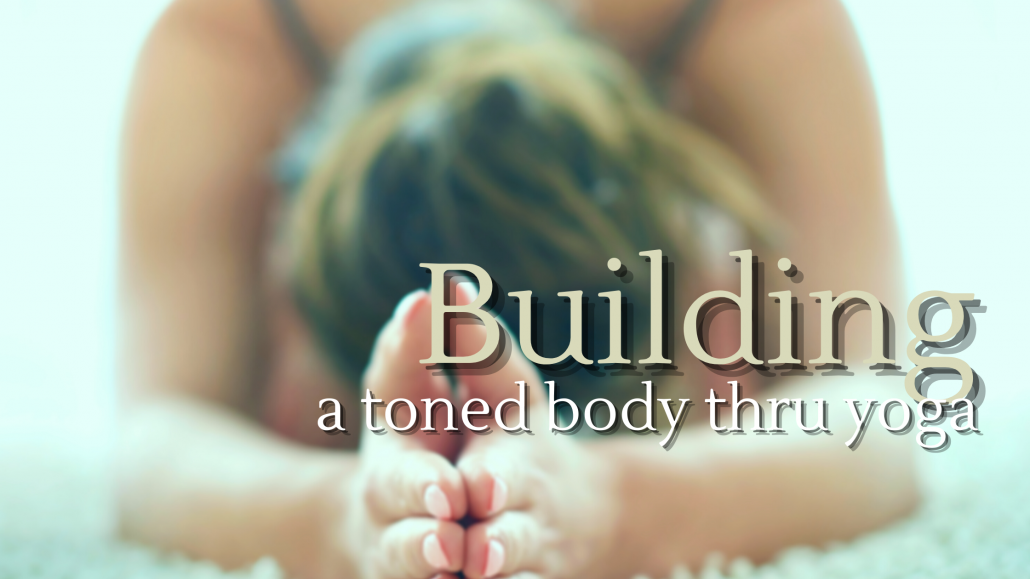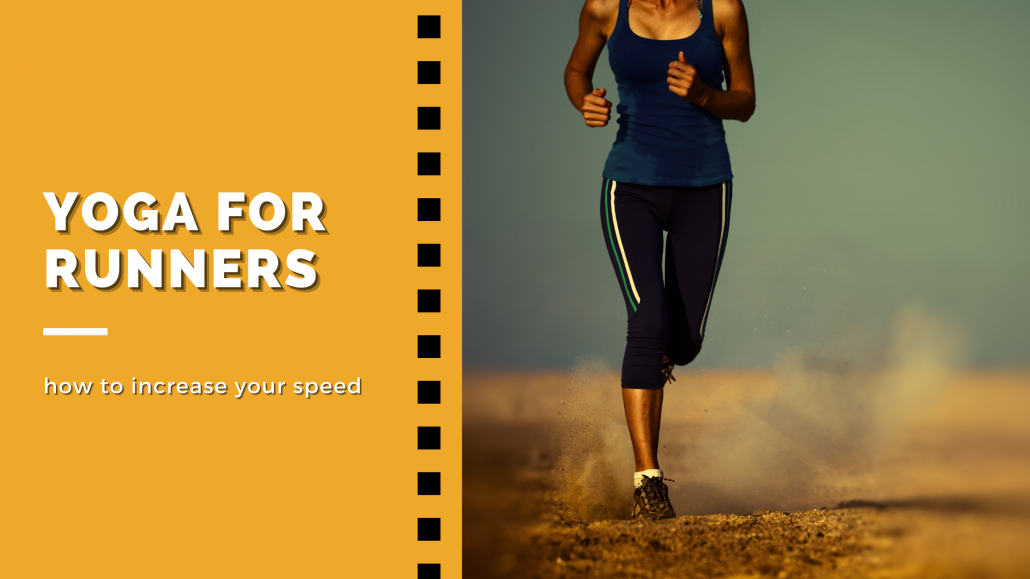The Story Behind Fever | Yoga Cycle Strength
Our Story: How Fever Became a Four-Pillar Wellness Studio
Fever Yoga Cycle Strength was founded in 2016 with a simple intention: to create a space where people could move, breathe, and reconnect with themselves in meaningful ways. What began as a single hot yoga room has evolved into something far more expansive — a multi-modality fitness studio designed to support the whole human experience.
Over the years, our community taught us that wellness isn’t one-dimensional. People weren’t just looking for a workout. They were looking for resilience, energy, nervous-system regulation, and a place to feel grounded again. So Fever grew — organically, thoughtfully, and in direct response to the real lives of the people who walk through our doors.
Today, Fever is built around four essential pillars of movement and recovery:
Flexibility
Our heated yoga studio supports mobility, joint health, and deep physical release. From powerful vinyasa to intentional breath-centered practice, flexibility at Fever is about freedom of movement and ease in the body.
Cardio
Our cycling room is where momentum lives. High-energy indoor rides that build endurance, mental grit, and cardiovascular strength — all without losing the soulful, inclusive feel that defines our community.
Strength
In our infrared heated strength and Pilates studio, we train with intention. We offer (non-heated) Barre, Pilates, and functional strength classes that are designed to build lean muscle, protect joints, and help you feel powerful in your own body.
Recovery
Recovery isn’t an afterthought at Fever — it’s a core part of performance. From sound healing to restorative modalities and upcoming bodywork services, this pillar exists to regulate the nervous system, restore balance, and help your body integrate everything you ask of it.
Fever is proudly woman-owned, locally rooted, and community-driven. It’s not about chasing trends or perfection. It’s about building a sustainable relationship with your body — one that evolves with you through every season of life.
This is what Fever YCS is now: not just a place to work out, but a space to come home to yourself.










